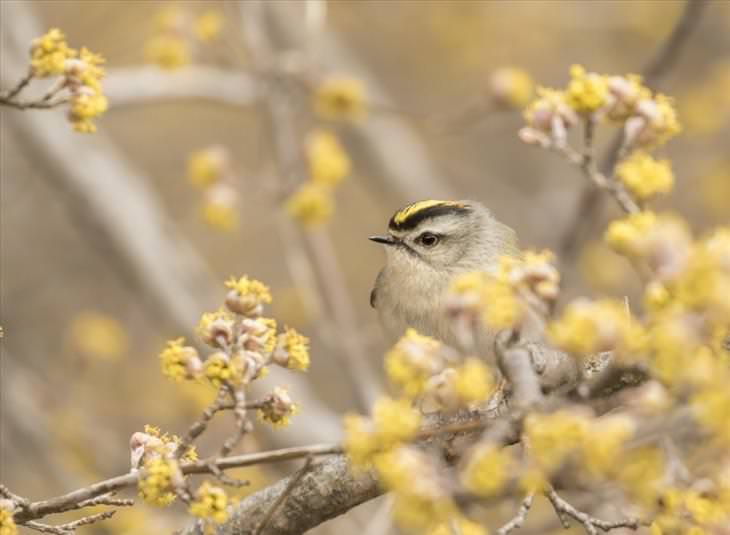
Most photographers in the world are lovers of art, architecture or nature, but there are also those who appreciate our world at an advanced and deeper level. We, of course, are talking about scientists, the people who study various fields such as astronomy, biology, and geology, and luckily, they also step out to explore the world with a camera and a passion for photography. Although their photographs can look no different from those of other photographers, the stories they can tell about them are particularly fascinating, and here are 14 moments that scientists have documented for a photography competition whose sole purpose is to glorify science. Once you learn the story behind each picture, you might want to look at it again so that you can really give it the appreciation it deserves.
The picture was taken during an eclipse in 2013 and consists of several images of the eclipse that were combined into one picture. You can see on the left that there was a 2-part diamond ring, while on the right there was only one. This is because the moon is not perfectly circular as it might seem here from earth, but rather more elliptical.
Cappadocia’s landscape was created by a volcanic eruption (fire) is made of volcanic ash (earth) and was shaped by air and water. The picture itself was taken from a hot air balloon.
A morning on the Florida coast where two Royal Terns began an elaborate courtship dance. You can’t see it in the picture, but around them, there are about 20 other Royal Terns watching them in action.
This is an image of a dragonfly’s wings taken through microscopic photography, and the glowing color indicates the fractures in the wings’ capillary membranes which are probably caused by collisions into different objects, are fragile.
This image was taken with a telescope and processed with a 6- filter color mapping process, three of which are not visible to the human eye. The photograph is a result of over 39 hours of exposure.
Bats, in recent years, have caused the spread of various diseases, such as Ebola and SARS, especially during the winter months. The reason for this is a lack of food causing them to fly to areas with infected livestock. The solution to this problem was to plant five different varieties of trees they feed of off in the areas where they live.
When the photographer saw these oryx resting in an arid region of Namibia, he immediately thought of Mars. The peaceful appearance of these animals reminded him of the human effort to settle Mars and showed him that living things could exist even under the most difficult conditions.
Bohemian Waxwings fly in large flocks looking for tasty berries, but they are very picky. They skip some trees and put off eating the berries in others for later when food is meager. This photo was taken in Finland.
Most animals that show parental behavior are mammals and birds, and this behavior is rarely observed in amphibians. However, some are still active parents to their offspring, such as frogs of the dendrobatidae family. The picture shows a male frog with a tadpole on his back, which he will soon transfer to a small body of water. Then he will check in on the tadpole for signs of hunger and inform the female so that she can lay an unfertilized egg for the tadpole to eat.
While traveling in Taman Negara, Malaysia, the photographer heard rustling sounds in the trees beside him. He thought he would find a bird or a monkey, but instead, he spotted a female lizard with fingers specially adapted to this ecological environment.
In the photo, you can see the shadow of Mount Teide in Tenerife, Canary Islands. The landscape is hidden under clouds and the color of the sky is due to different wavelengths of white light reflecting as the sun sets below the horizon.
The picture shows a leaf with a few drops of dew on it. If you look carefully you can see that the leaf has parts that are reminiscent of hairs, which provide protection from insect and bugs. The photographer is a microbiologist, and he is interested in studying the microorganisms and bacteria that live in these dew circles, which he believes will be very diverse in comparison to those found on other ordinary leaves.
This image shows the nest migration of Eciton burchellii ants which is done to combine with another nest. This is their way of surviving and thriving.
 The picture shows a Golden-crowned Kinglet resting on a branch with flowers similar in color to that on her head. The photograph was taken during the spring months in an urban park in Illinois, USA.
The picture shows a Golden-crowned Kinglet resting on a branch with flowers similar in color to that on her head. The photograph was taken during the spring months in an urban park in Illinois, USA.